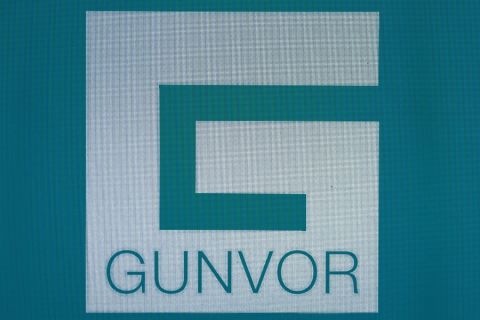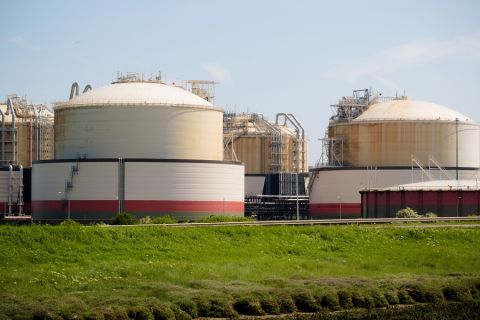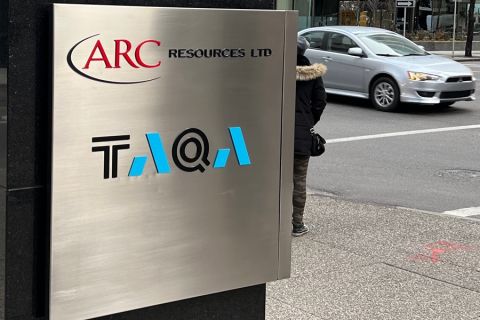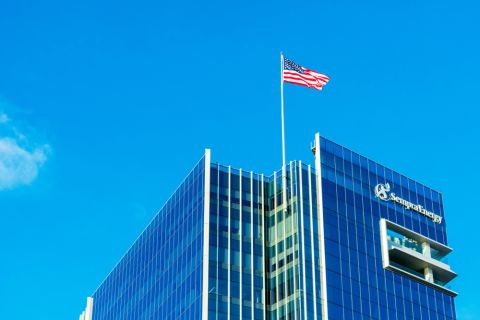Liquid contaminated with oil and other pollutants can be one of the primary waste streams originating from offshore well construction. This material, which can be described as an oily slop, usually originates from oil-contaminated fluids, rainwater and bilge water, requiring operators to adhere to proper and regulated disposal methods.
Similar to other waste streams, the discharge methods of this oily water are subject to country-specific or global regulations such as the Convention for the Protection of the Marine Environment of the North-East Atlantic, the International Maritime Organization, the Barcelona Convention and the U.K.’s Department of Energy and Climate Change.
These regulations pertain to the quantity of oil and other pollutant discharges, with total petroleum hydrocarbon (TPH) content being the most heavily regulated. Discharge regulatory thresholds vary among regions, but acceptable concentrations typically range between 15 ppm and 40 ppm.
Depending on geographical location, offshore drilling rigs typically produce between 5 cu. m to 20 cu. m of oil-contaminated liquid per day, and operators are obliged to comply with the relative regulatory mandates. Today’s technology offers three primary routes to manage the waste content: Transport the waste to land for treatment, inject downhole or treat at the source.
Halliburton Baroid trialed various methods and concluded that the most cost-effective and legally compliant method in offshore environments is to treat the waste stream at the source. The cost savings and operational efficiency benefit operators through helping to reduce or eliminate ship-to-shore transportation. Halliburton Baroid’s BaraH2O Liquid Treatment Unit meets the demands of the market and helps operators achieve regulatory compliance and recognize cost savings.
Process
The processing principles behind the liquid treatment unit are based on a combination of chemical treatment and dissolved air flotation. The chemicals flocculate and bind together particles, making them easier to extract, which then allows flotation by dissolved air to separate both particles and oil from the water. The result can be clear water free of particles and oil, which is acceptable for discharge to the environment or reuse on the rig.
Chemical treatment is customized based on the level of contamination in the waste stream, and lightly contaminated water may require little to no chemical treatment.
Establishing adequate waste segregation of oil-contaminated fluids prior to transfer to the receiving tank helps ensure that untreatable volumes do not cross-contaminate other liquid waste streams that can be easily reused. Good communication between operators and service companies focused on waste segregation assists in achieving optimized waste reduction.
In cases of cleaning lightly contaminated water or where a safety stage is required, Baroid’s BaraClear Filtration services (parallel or serial) can be added. Discharged water from the liquid treatment unit is continuously monitored for TPH content via in-line instrumentation or field lab instruments.
Baroid’s offshore treatment technology has established a high standard for drilling fluid and waste liquid treatment, as evidenced by historical performance. Baroid’s personnel are trained to oversee every aspect of the process, including
- Physical and chemical stabilization of the waste material;
- Testing;
- Treatment; and
- Reporting.
Versatility, value creation
The unit can be mounted on the rig, is readily adaptable and can easily be connected to an automatic pit cleaning system. This assists in waste minimization since the water from the slop unit can be recycled and deployed for pit cleaning operations, keeping the generation of waste related to pit cleaning operations to a minimum.
The unit is built into a standard 6.1-m (20-ft) container and in some cases can be built into the rig. It can be run by one operator, making it eligible for even the smallest rigs. Baroid’s solution offers onsite processing with direct discharge to the sea. The cost savings compared to shipment to shore and subsequent treatment are potentially significant for the operator.
Early-stage waste segregation methods also contribute to a more cost-effective solution for the customer and reduce additional treatment requirements. Further cost savings and synergies can be found in the fact that Baroid cuttings handling operators, already located on rigs, are also trained to operate the offshore treatment unit, which reduces the number of personnel.
Treatment at the source can reduce costs significantly in addition to offering several HSE advantages compared to shipping the oil-contaminated liquid to shore for treatment. Among the advantages is the reduced risk of spills and reduced potential for development of hydrogen sulfide on the rig or while in vessel tanks during transport.
During the trial phases Baroid’s original target was to reduce waste volumes by 75%; however, in many cases a 95% reduction was achieved with less than 20 ppm of oil in water that was discharged. The original trials were conducted onshore Norway and then migrated offshore after achieving regulatory and operator’s acceptance.
In addition, the equipment deployed is NORSOK compliant, which hosts the most stringent regulatory guidelines in offshore operations globally. Since the introductory trials and deployment on the Norwegian Continental Shelf, BaraH2O is being effectively used beyond its traditional Norway offshore operations and is currently being deployed globally.
Recommended Reading
Gunvor Group Inks Purchase Agreement with Texas LNG Brownsville
2024-03-19 - The agreement with Texas LNG Brownsville calls for a 20-year free on-board sale and purchase agreement of 0.5 million tonnes per annum of LNG for a Gunvor Group subsidiary.
Venture Global, Grain LNG Ink Deal to Provide LNG to UK
2024-02-05 - Under the agreement, Venture Global will have the ability to access 3 million tonnes per annum of LNG storage and regasification capacity at the Isle of Grain LNG terminal.
ARC Resources Adds Ex-Chevron Gas Chief to Board, Tallies Divestments
2024-02-11 - Montney Shale producer ARC Resources aims to sign up to 25% of its 1.38 Bcf/d of gas output to long-term LNG contracts for higher-priced sales overseas.
Sempra Targets Summer 2025 for Commercial Start of ECA LNG Phase 1
2024-03-06 - Sempra is targeting the summer of 2025 as the commercial operations date for its 3.25 mtpa (0.43 Bcf/d) nameplate capacity Energía Costa Azul LNG Phase 1 project, located in Ensenada in Baja California, Mexico.
NextDecade Targets Second Half of 2024 for Phase 2 FID at Rio Grande LNG
2024-03-13 - NextDecade updated its progress on Phase 1 of the Rio Grande LNG facility and said it is targeting a final investment decision on two additional trains in the second half of 2024.





